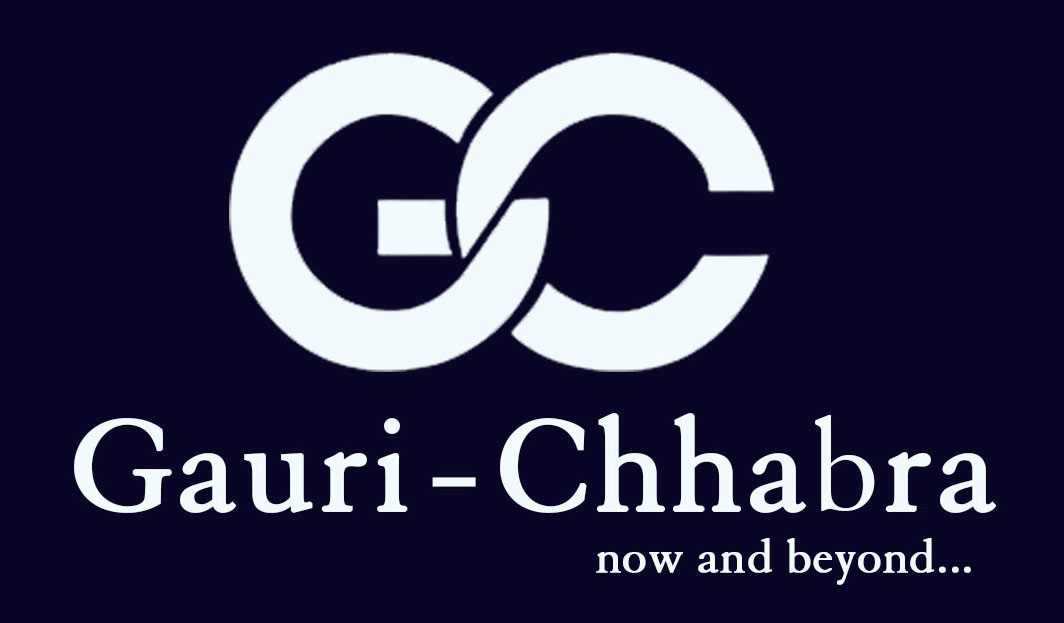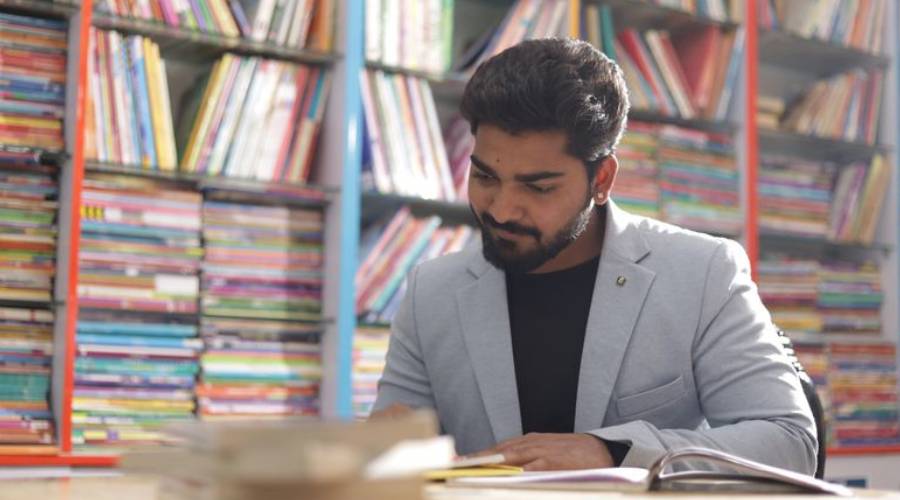The Union Public Service Commission (UPSC) officially released the Combined Medical Services (CMS) 2025 notification on February 19, signaling the start of a highly competitive journey for thousands of medical aspirants across the country. Each year, candidates vie for coveted positions as medical officers in some of the most esteemed government healthcare services.
If you’re aiming to crack the CMS 2025 exam, understanding the entire selection process—from the written test to the final interview—is not just important, it’s strategic.
After briefly going through the written exam process, let’s look at certain tips to prepare and crack the personality test.
The second stage of the UPSC CMS 2025 selection process is the Personality Test, or interview, carrying 100 marks. The goal of the Personality Test is to ensure that selected candidates possess not only the medical expertise but also the personal qualities required to serve effectively in India’s public health system.
This stage goes beyond academic evaluation to assess your suitability for government medical service. The key qualities would include General Awareness – Understanding of current affairs and social issues, academic proficiency, grasp of core medical concepts and public health knowledge, intellectual curiosity, willingness to learn and engage with new ideas, critical thinking & assimilation, judgement and decision making, presence of mind, social cohesion, connect with diverse communities,integrity of character, ethical standards, and moral conduct, Initiative.
These competencies are not only vital in medical services but also in various other fields, including hospital management, healthcare administration, medical research, public health policy development, and leadership roles within the private healthcare sector.
Here is how you can prepare:
Vesture matters
Since it is a Personality test, personal appearance will matter. Opt for conservative, neat, and clean formal wear which you can carry comfortably well. Avoid loud wear that screams for attention. All that matters is a tidy, neat appearance that talks about your personal signature
and style.
Greet when you meet
Equally important as your dress is your smile, body language and demeanour. Remember, everyone notices your body language, your gait and the way you conduct and carry yourself-even a small greeting. Always offer a respectful greeting when you enter and exit the interviewroom. It helps build rapport and shows attentiveness.
Carry confidence
A composed mind reflects confidence. Stay optimistic and manage nervousness with deep breathing or light mental exercises. Your attitude and self-belief will be noticed instantly. Carry yourself with assurance without appearing arrogant. The focus of the interview would be to check your confidence and how you fare in challenging situations. Since you have already cleared the written test, it is not much about testing the knowledge but also about your confidence to tackle clinical challenges with expertise and empathy.
Revise core subjects
Thoroughly go through your medical subjects and current affairs and practice common questions. Talk to seniors or mentors who have taken the test. Familiarity with question patterns helps reduce anxiety. Participate in mock interviews to simulate the real experience.
You may be asked specific questions about your application process, current affairs, your thought process and any challenges that you have faced and overcome during tough times.
Communication is the key
Your communication skills are not only about speaking, it is about attentive listening. While listening, pay full attention, do not merely hear and train your mind to frame a new response. Pay full attention to questions and ask politely to repeat, if needed. If you do not know the answer to a particular question do not beat around the bush. Admit that you do not know and would be curious to find out and learn. When you know the answers, be specific and justify with rationale and data.
Talk to all those who have been there before
Experience matters. Talk to all those who have cracked the Personality test before. You may also create your own study partner. Also use AI tools like ChatGPT to ask what are the likely questions for the exam.
Summing up
With still a few months to go, you still have time to prepare and show the board that you are not just a medical professional, but also a confident, sincere, and reliable individual capable of serving in India’s healthcare system with equipoise. If you start today, you might be able to internalise all the concepts and have a fluid experience.












